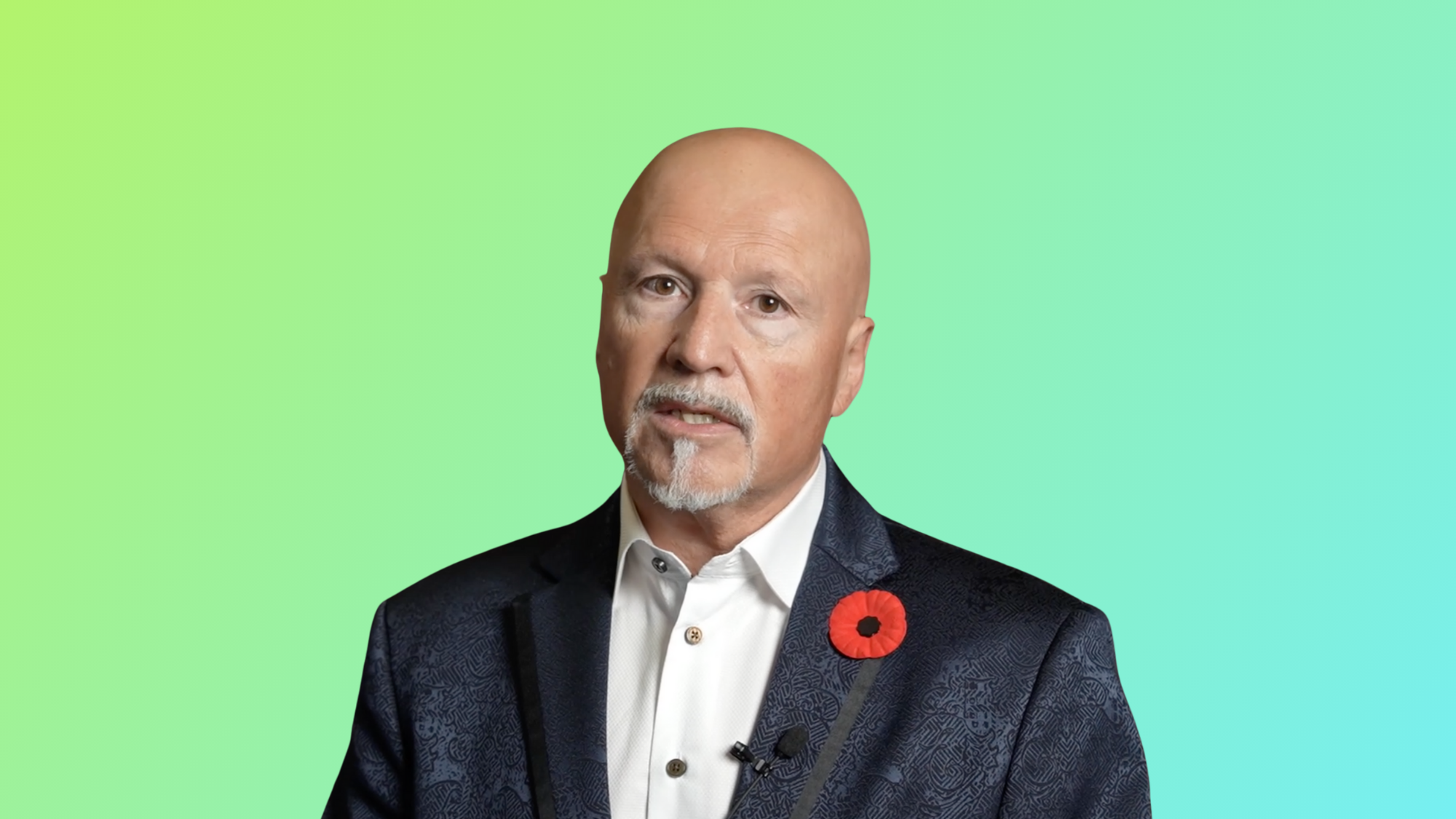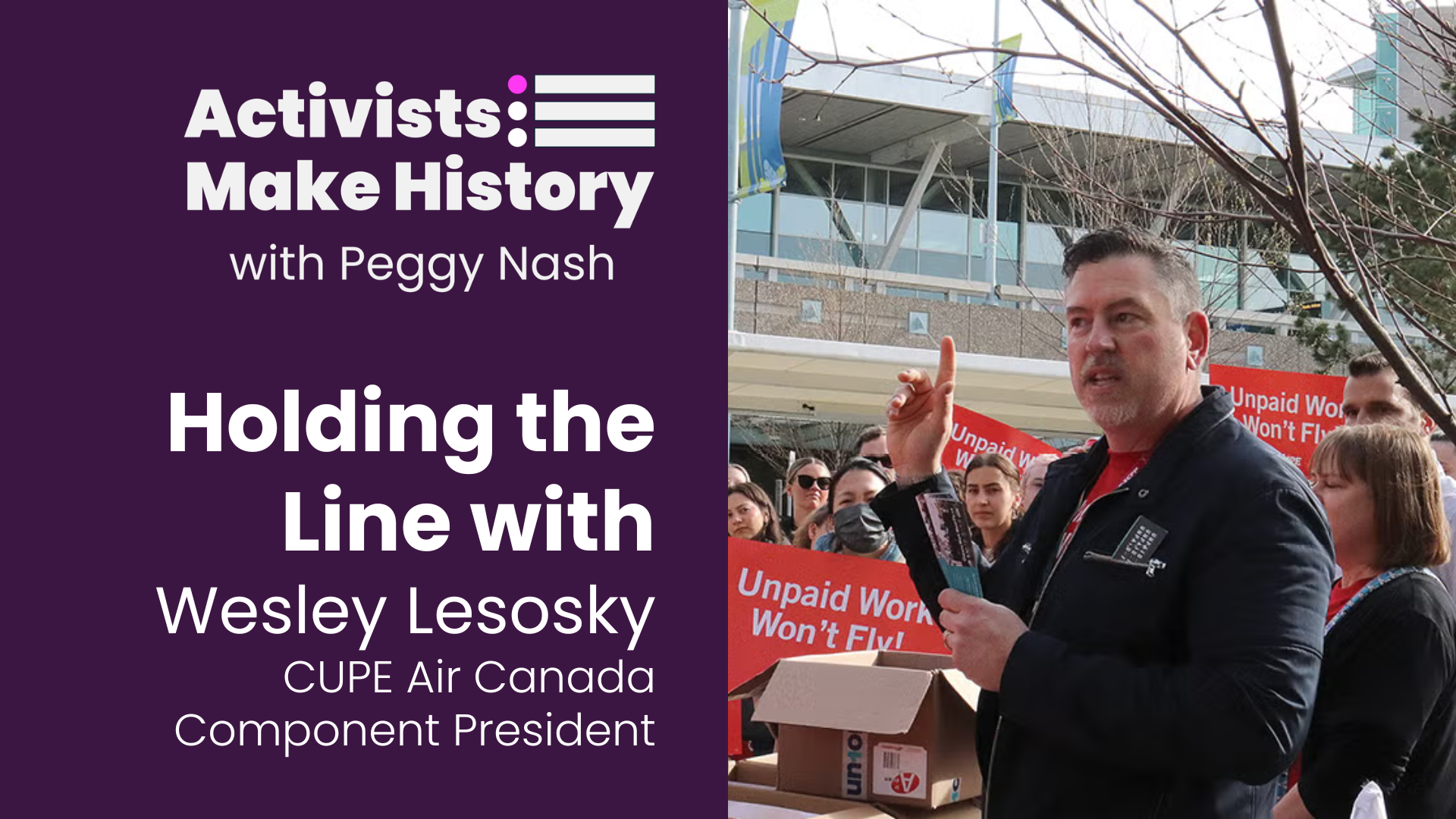The federal government has just announced a new program to expand loans to struggling non financial corporations – the Large Employer Emergency Financing Facility. It’s role deserves serious debate.
The entirely legitimate intent is to save threatened jobs with Canada’s largest employers due to the COVID-19 crisis. Clearly, some corporations face huge financial losses which could lead to bankruptcy and, perhaps, to foreign take-overs at rock bottom prices.
However, past crises such as the global financial crisis of 2008 have seen a disturbing tendency to bail out shareholders and senior corporate managers in the name of protecting jobs, with the government and ordinary citizens paying the price for poor economic decisions made by the private sector which resulted in large losses.
It is, of course, true that the current crisis was not created by reckless corporate behaviour, but by a virus. At the same time, it is also true that much of corporate Canada was carrying far too much debt before the crisis, making them vulnerable to a downturn.
A recent report from the TD Bank showed that the debt of non financial corporations in Canada rose sharply from 2010 to 2018, reaching 118.7% of GDP, one of the highest ratios in the world’s advanced economies. The new debt was not mainly used to finance new job-creating investments in research or new plant and equipment, which was very weak over the past decade.
Much of the debt was instead used to distribute wealth to shareholders, in the form of higher dividends, share buy backs (which reduce the number of shares, boosting stock prices) and to finance lucrative stock options packages for CEOs and senior management.
The government is quite aware of this, and promises that such practices will be severely limited for companies being granted loans from the new facility. This is commendable, and also reflects lobbying and petitions by Canadians for Tax Fairness and the Broadbent Institute.
The government has also promised, rather vaguely, to require companies receiving loans to change corporate tax arrangements which hurt Canada. This is too little, too late, but still a step forward.
A major problem with the new program is that it is a loan instrument, whereas there are circumstances in which it would make much more sense to take up an equity position ie a public ownership share. This would mean that a turnaround in corporate fortunes down the road would reward taxpayers for the risk taken via an increase in share prices. Equity also means that the public would, in many cases, have board representation and with it access to information and the ability to shape corporate behaviour.
In Europe, as in North America, the airlines are in deep trouble. But some countries are taking an equity position in return for financial aid, as in the case of Germany and Lufthansa.
Another potential problem with the new program is that it will explicitly treat all sectors equally. But some sectors are more highly indebted than others, with oil and gas and real estate leading the way, again as shown by the TD Bank report. And not all sectors make an equal contribution to our longer term economic prospects.
In the case of commercial estate, there are very few direct jobs to be saved. If highly indebted corporations go under, the office buildings and malls will still be standing.
In the case of oil and gas, many experts and observers would judge that new loans are highly likely to incur large losses and to accomplish little since resource prices are so depressed, and since much of the world is in transition to carbon free energy. Workers in the sector need massive investments to create new jobs in clean energy much more than a costly corporate bailout.
Canada needs to look beyond the immediate crisis to identify the key building blocks of a new economy on a sector by sector basis. Where it makes sense to do so, we should be extending public ownership, and not just providing loans to struggling companies.





